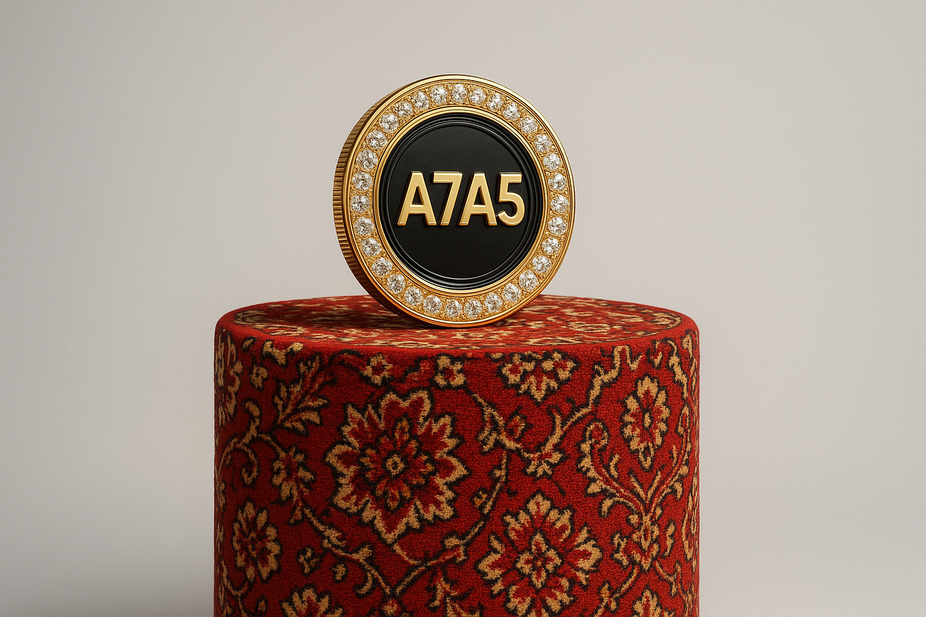Popular cryptos
Zilliqa
Download Ironwallet app and get tool for making transaction without network fee
About Zilliqa
In the dynamic world of blockchain technology, Zilliqa emerges as a groundbreaking player, offering an open, unrestricted blockchain architecture renowned for its remarkable throughput capabilities—executing thousands of transactions per second. At the heart of its innovation is the strategic use of sharding, a second-layer scaling solution, which addresses the critical challenges of scalability and transaction velocity. Zilliqa has become a vibrant ecosystem for decentralized applications, further enriching its platform with staking and yield farming functionalities since October 2020. This blend of high-speed transaction processing and advanced blockchain features makes Zilliqa a notable contender in the blockchain space.
Brief History of Zilliqa
In the pulsating heart of blockchain innovation, Zilliqa stands out as a brainchild of Prateek Saxena, an illustrious research professor at the National University of Singapore, recognized for his pioneering contributions to web technologies. Launched into the blockchain arena in 2017, Zilliqa first hit the market as an ERC-20 token in January 2018, before making a strategic migration to its own mainnet in 2019, concluding its token swap saga in February 2020.
The genesis of Zilliqa traces back to a seminal 2015 paper authored by Saxena and his prodigious students, unveiling the potential of sharding technology to revolutionize blockchain efficiency and speed. This academic endeavor set the stage for Zilliqa’s inception.
Max Kantelia, a tech and finance virtuoso with an engineering acumen, and Juzar Motiwalla, a venture capitalist seasoned in tech startups, joined forces with Saxena to establish Anquan Capital. This venture spawned Zilliqa Research in 2017, marking the official birth of the Zilliqa network. Leveraging their association with the National University of Singapore, the founding team appointed Dong Xinshu as the CEO, Amrit Kumar as the Chief Scientific Officer, and Yaoqi Jia as the Chief Technology Officer, all of whom are distinguished alumni of the university’s School of Computing, propelling Zilliqa into the blockchain limelight.
How Does Zilliqa Work?
Zilliqa revolutionizes the blockchain landscape, combining common cryptocurrency functionalities like smart contracting, transaction settlement, and token issuance with its unique flair. At the core of Zilliqa’s innovation is Scilla, a bespoke programming language empowering developers to craft sophisticated smart contracts and decentralized applications, ushering in a new era of blockchain utility.
Navigating through Zilliqa’s architecture reveals a meticulously designed ecosystem optimized for high-performance smart contracts and rapid transaction confirmations, underpinned by two pivotal technologies:
1. Sharding: This ingenious method dissects the network into manageable segments, or shards, enabling nodes to process just a slice of the total transactions. Each shard functions as an independent blockchain, with nodes handling data storage, transaction processing, and the creation of microblocks within their designated shard chain. These microblocks are then amalgamated into a complete transaction block by the Directory Service Nodes (DS nodes), seamlessly integrating into the Zilliqa blockchain. Significantly, shard nodes manage only a relevant fragment of Zilliqa’s blockchain, liberating them from the burden of maintaining the full blockchain history.
2. Practical Byzantine Fault Tolerance (pBFT): Zilliqa’s heartbeat is its pBFT mechanism, ensuring consistent, synchronized operation across its vast network of nodes. To contribute to the blockchain’s operation and participate in governance, nodes stake ZIL, Zilliqa’s native currency, democratizing network management. Under pBFT, nodes within specific shards reach consensus before finalizing a microblock, which is then woven into the broader transaction block, rewarding each participating node with a share of the block reward for their role in securing and validating the network’s transactions.
Through these advanced mechanisms, Zilliqa stands as a paragon of scalability and efficiency in the blockchain domain, offering a robust platform for developing and deploying next-generation decentralized services.
What Makes Zilliqa Unique?
Zilliqa distinguishes itself as a pioneering force in the blockchain universe, heralded as the first public blockchain to harness the full potential of a sharded network. This architectural marvel allows Zilliqa to achieve astounding throughput and transaction speeds, positioning it as a formidable challenger to established centralized payment giants like VISA and Mastercard.
What sets Zilliqa apart is its ingenious combination of a sharded infrastructure with a hybrid consensus mechanism, making it a magnet for developers aiming to tackle the demands of large-scale applications in industries such as finance, gaming, and advertising.
At the core of Zilliqa’s innovation is its custom programming language, Scilla. Crafted with a sharp focus on enhancing network security, Scilla is more than just a language; it’s a cornerstone of Zilliqa’s strategy to offer a blockchain solution that is not only fast and scalable but also inherently secure. This dedication to security and efficiency makes Zilliqa a unique and compelling choice for developers and enterprises looking to leverage the power of blockchain technology.
ZIL Token
Zilliqa, a blockchain platform, utilizes its proprietary cryptocurrency called ZIL as the primary means of value exchange within its ecosystem. ZIL tokens serve a dual purpose: they enable users to participate in the network’s operations and incentivize node operators for their role in transaction validation. By staking their ZIL holdings, users can become node operators and earn additional ZIL tokens as rewards for their contributions to the network’s security and efficiency.
Currently, ZIL boasts a circulating supply of 13 billion tokens, resulting in a substantial market capitalization of $484.7 million. The platform has set a maximum supply cap of 21 billion ZIL tokens, which will be gradually released as rewards over time. This limited supply mechanism ensures scarcity and potentially drives value appreciation. ZIL’s significant market presence has earned it a spot among the top 100 cryptocurrencies, showcasing its prominence within the digital asset landscape.
Use Cases
Zilliqa, a public blockchain platform, caters to a wide range of users, particularly those involved in developing high-volume smart contracts and decentralized applications (dApps). The platform’s high transaction speeds make it an attractive option for various use cases, such as automated auctions handling large volumes, decentralized exchanges, high-performance scientific computing, and applications demanding highly accurate results.
The native cryptocurrency of the Zilliqa blockchain, ZIL, plays a crucial role in the ecosystem. It serves as the fuel for executing smart contracts, rewarding miners and stakers, and facilitating transactions by covering associated costs. Some users may choose to simply own, hold, or trade ZIL as an investment opportunity, depending on their short or long-term financial goals.
In a bid to enhance Zilliqa’s decentralization, the developers have introduced a staking feature for ZIL. By staking a portion of their ZIL holdings, users not only receive direct rewards but also gain access to elements of network governance, allowing them to actively participate in shaping the platform’s future.
To facilitate staking, the Zilliqa development team has established strategic partnerships with various exchanges and wallets, referred to as Staked Seed Node Operators. While there is no upper limit on the amount of ZIL a user can stake, a minimum of 10 ZIL is required to participate in the staking process. This approach encourages widespread participation and further strengthens the decentralized nature of the Zilliqa network.
























